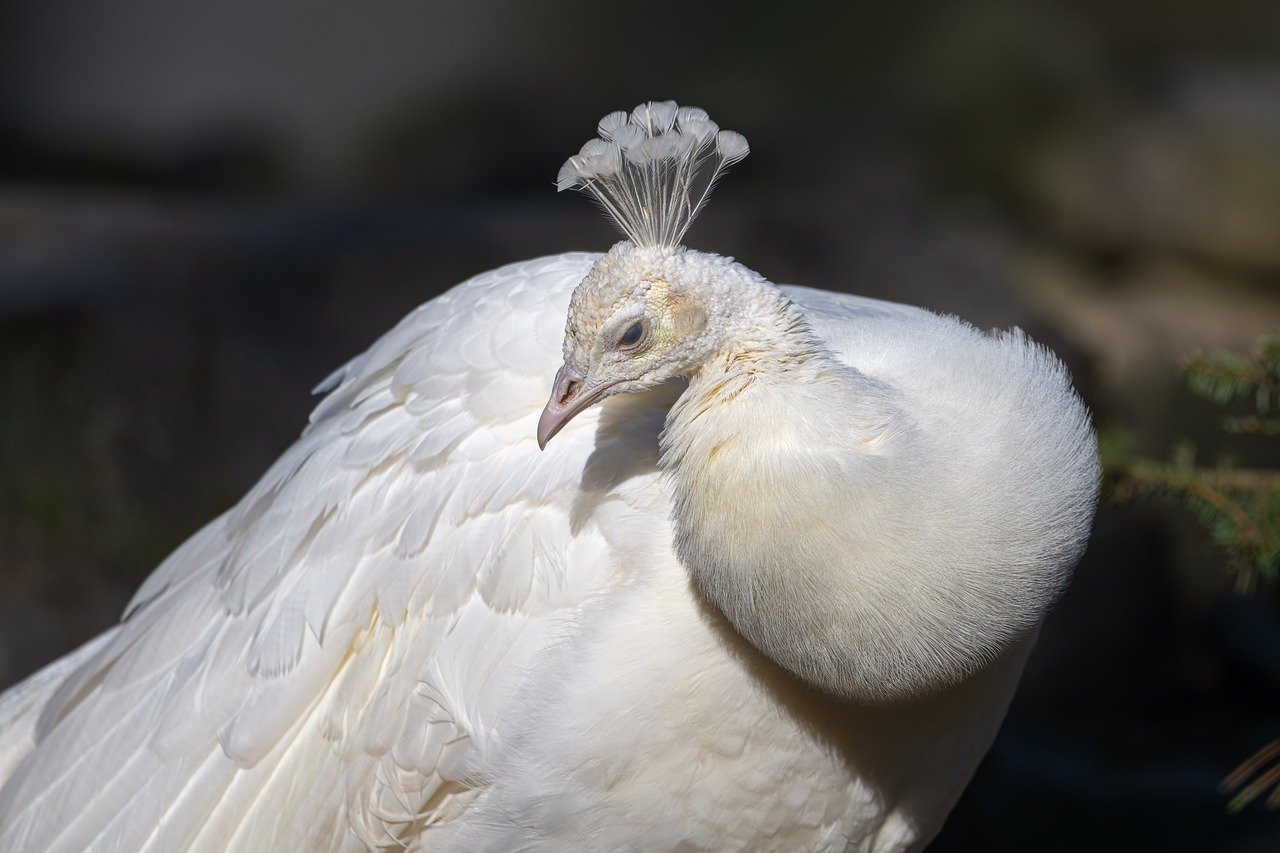Peacocks and the Power of Display

Category: Birds | June 14, 2025
Peacocks are nature’s showstoppers. With shimmering tail feathers that fan out like jeweled tapestries, the male Indian Peafowl has captivated human imagination for centuries. But beyond their visual grandeur lies a fascinating evolutionary story about beauty, selection, and communication.
The iconic “train” of the peacock isn't just for decoration—it’s a powerful tool in the competition for mates. Comprising over 200 elongated upper tail coverts adorned with iridescent “eye spots,” the train can stretch over 6 feet long. During mating season, the male fans his feathers into a wide arc, shakes them in a hypnotic shimmer, and emits low-frequency sounds to get the attention of nearby females.
Females, or peahens, observe these displays closely. Scientists believe that peahens choose mates based on the symmetry, brightness, and density of the eye spots. The display is not just about aesthetics—it’s a signal of health, vitality, and strong genetics. A vibrant train suggests the male is free from parasites and fit enough to sustain such an energetically costly ornament.
Interestingly, recent studies show that sound plays a hidden role. While the visual display is striking, the low-frequency infrasound vibrations produced during courtship can travel through the ground, possibly providing another layer of information to the peahen.
But the show comes with a cost. That enormous tail makes peacocks less agile and more visible to predators. It’s a classic case of sexual selection at odds with natural selection—the drive to attract mates outweighs the need for camouflage.
Culturally, peacocks have long been symbols of beauty, pride, and immortality, appearing in art, mythology, and even national emblems. But in nature, their spectacular display is all about survival through attraction.
🌴 Jungle Chatter
Most popular reactions:
No reactions yet.